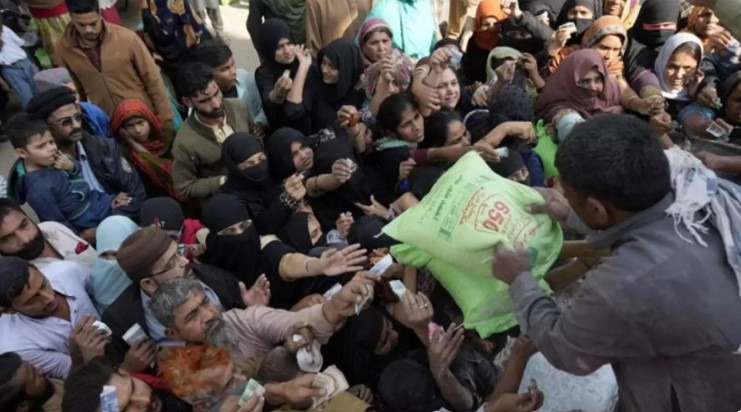
Pakistan Under Unending Strain – Part 1
 Sat, 28 Jan 2023
| Reading Time: 7 minutes
Sat, 28 Jan 2023
| Reading Time: 7 minutes

Pakistan has for long, been heading towards a situation where it could be perceived as a failed state, or at least a state under immense strain. Everything that goes into the efficient functioning of a nation appears under stress. The economy, internal stability and security, political leadership and foreign affairs, all seem to drive the nation towards an abyss.
Commencing with the economy, Pakistan has never been able to replicate the initial promise it displayed in the sixties when its citizens while visiting India were the cynosure of all eyes. The fantasy items they brought for their friends and relatives made us feel as if Pakistan was El Dorado. After 1971 Pakistan could never replicate that and has had to go to the IMF 23 times for economic bailouts. The country has been in a perpetual balance of payments crisis for many years and the state of its current economy is sufficiently worrisome. Shamshad Ahmed, Pakistan’s former foreign secretary stated – “anyone who takes charge of the government immediately comes to us and asks us to arrange a trip to the US or Saudi Arabia to go looking for loans right away”. Plans of debt servicing and regeneration of the economy beyond do not ever seem to be the priority. Living from loan to loan and building up a cascading debt without any plans of expanding exports is the catastrophic policy Pakistan has pursued for many years. India suffered the ignominy of its forex reserves touching rock bottom at one billion US$ in 1991, but the active consensus based political approach to changing its economic policies led to a turnaround without which India would have been in serious trouble. Pakistan unfortunately does not have the good fortune of national interest being the upper most consideration of its political and military leadership, for whom self-gratification is the focus. According to Moeed Yusuf, the former NSA under the Imran Khan government, the Pakistan economy for much too long was built upon the security model. The Pakistani leadership was satisfied with resources coming in on the basis of the geopolitical and geostrategic importance that Pakistan posed at any given time. He failed to say how shallow the thinking of the leadership was, that a national economy could be built on the basis of a nation remaining strategically significant forever. He was, however, courageous enough to say that Pakistan first needs to admit its past mistakes. Who is going to experiment with change in an election year? Yet without change Pakistan will need to find someone with political gravitas and high leadership qualities to admit past mistakes, throw the electoral hustings to the winds and take some courageous actions to restore even a semblance of the economy and in fact that of basic governance. If Pakistan is going to get driven by considerations such as those which effectively removed one of its best economic brains from the scene, then no one can come to its assistance. Atif Mian, the well-known Pakistani economist and Economic Advisor to Imran Khan was removed from the appointment very early in his tenure in 2018, Pakistan’s suicidal radical extremists demanded his removal because he followed the Ahmadiyya faith which is banned in Pakistan since Ahmadiyyas do not endorse the finality of the Holy Prophet of Islam.
The creaking Pakistan infrastructure is collapsing with the recent nationwide power outage extending almost 24 hours in some areas. Recovery without infrastructure that supports growth, will remain a major challenge for Pakistan. Loans have been promised from many donors but will be insufficient to see a long term recovery rather than just a temporary tactical patchwork to get over the bad times.
It’s not just the economy, the internal stability has been in serious question for many years. In its earnestness to target others in the dangerous neighbourhood that it forms part of, Pakistan has mostly gone overboard and never been able to draw a balance. Even before the economy ensures the collapse of Pakistan, its internal security situation may well take the lead in preventing its survival. The decision of its earlier leadership to adopt extremist radical ideology as a weapon has had a cascading blowback effect. No doubt, Pakistani society was slow in ferment towards radicalization. The political community did not get immediately affected as was evident from the results in elections where the radicals made only marginal impact till 2012. However, over time the writ of the radicals has increased dramatically. The symbolic juncture for drastic change was the assassination of Salman Taseer in 2011, the Governor of Punjab, at the hands of Mumtaz Qadri a policeman in service with Pakistan’s Punjab Police. Qadri was promoted to a household name with no resistance from the State. It was around this time that the Pakistan Army commenced getting the first indicators that it had overplayed its ideology card. In fact, right after the 2007 incident involving the entry of the Pakistan Army into Lal Masjid, internal militancy gathered weight. It came to a head post the next major set of events – the Tehreek e Taliban (TTP) attack on Karachi airport in Jun 2014 and the Army Public School Peshawar on 16 Dec 2014, which saw the launch of Pakistan Army’s Operation Zarb e Azb in full intensity from 2014 to 2018. One third of the Pakistan Army’s active brigades were deployed for the operation. The tactics followed by the Pakistan Army was bewildering. I came across a Pakistani taxi driver hailing from Swat and working in the UAE. In a discussion with him I learnt first-hand how entire villages in Swat and parts of Khyber Pakhtunkhwa had been forcibly vacated to allow Pakistan’s gunships to rake the built up areas.
The internal war against the TTP continued till 2018 when the Pakistan Army ostensibly declared victory; it was premature. The usual mistake armies the world over make is to treat the end of physical resistance by a terrorist group as the end of its existence. The TTP was aware that in the existing circumstances of Pakistan’s politics and ideological way of things its opportunities would come sooner than later; the networks were intact even as the Pakistan Army claimed victory. The TTP laid low even as other radical parties, such as the Tehreek-e-Labbaik Pakistan, made political headway through the strategy of attempting to strangulate the Government by blockading the national capital. It had the tacit sympathy of the Imran Khan Government. The outreach into Punjab also multiplied many times over.
The TTP is now fast re-emerging; the geopolitical circumstances have changed just as it rightly assessed but much faster than it could have predicted. Within a year of the US withdrawal from Afghanistan the Afghan Taliban is correctly assessing that it will need an Armageddon for the US forces to return to a region where its forces fought over 20 years with little strategic outcome. The Afghan Taliban is therefore shaking off the mantle of Pakistan’s control over it. It was a creation of Pakistan’s ISI and probably envisages a far greater role for itself in the ensuing intra and inter civilizational confrontation against forces that do not profess its extremist radical ideology, in the regional context. It appears that the Afghan Taliban’s initial aspiration is to ideologically dominate the Af-Pak region thereby dictating the internal discourse in Pakistan. That discourse of the early Eighties is what led to the creation of the Taliban movement. Whether today it has changed or not is a debatable point but Pakistan is struggling and realizing the folly of following a policy of promoting extremist radical ideology. The same is deeply embedded in its civil society and is strangulating it within. The Afghan Taliban is also placing greater pressure on the boundary issue with Pakistan, questioning the finality of the Durand Line and the fencing of it. Its strategy appears to dwell on pressurizing Pakistan by forcing the commitment of its security forces to both border security and internal security related issues. It is fully aware of Pakistan’s limitation in being unable to balance its security needs between the three areas of its compulsive focus – Afghanistan (including the border issue), the internal security of Pakistan (to include sectarian, ethnic and ideological threats) and the eastern border with India with special attention towards the Kashmir issue.
Baloch separatism has taken the internal threats several notches higher than ever existed. It is making it extremely difficult for the Chinese assisted projects in Balochistan to function or be completed due to the threats from the Baloch separatists. This has had a serious impact on Sino-Pak relations too and is partially responsible for the Chinese reluctance to pursue infrastructure development in Balochistan and other affected areas. The Pashtun sentiments are being re-energized due to the developments in Afghanistan. As it is the Pashtuns see themselves as a separate entity/nationality. Now with the Afghan Taliban not wishing to acquiesce to Pakistan’s strategic needs there are dangerous developments taking place at the Durand Line. The fencing of the border is objected to since there is nothing permanent about the Durand Line as per Afghan understanding. All these years after 2001 the Afghan Taliban, protégés of the ISI no doubt, have maintained an independent line of thinking on the border issue with Pakistan. At Pakistan’s mercy for the last two decades they were in no position to protest. The border issue is one domain where now the Afghan Taliban can express its resentment against the strangulating hold of Pakistan’s ISI and regenerate Afghan nationalism too. The latter is necessary because as is well understood, the Taliban is no monolith.
The international community has reasons to feel concerned, especially because of Pakistan’s nuclear weapons which are in a state of tenuous command and control. The US probably got wind of the deteriorating state of things early enough and changed tack to some extent by backing Pakistan to control the internal situation in Afghanistan and the region in general. The refurbishment package for the F-16s was also linked to this. However, the reality is that the hard money that is required for recovery is not coming Pakistan’s way. Without a disciplined approach and strict international oversight a recovery is yet too far; the first question is that of survival and the manner in which the inevitable violence will manifest. That is an issue for another discussion in continuity with this narrative. However, the possibility remains far from Pakistan’s weak political leadership and the Pakistan Army attempting to execute anything that will draw India into the already complex situation. Time is running out. Any bailout that the international community considers will take time to manifest; it’s the interim period which is really challenging. There is much talk of implosion and potential move of masses of population towards the international borders. The latter will bring with it another element of chaos which will add to the already existing turmoil. In all this, can the Pakistan Army meet all the demands that are placed upon it?
The million dollar question that needs detailed discussion is the response that is most appropriate for India. Should it come to Pakistan’s assistance or let it stew in the juices it has flavored with its acts over time. All this and more in Part 2 that will follow.
Disclaimer
The opinions expressed in this article are the author’s own and do not reflect the views of Chanakya Forum. All information provided in this article including timeliness, completeness, accuracy, suitability or validity of information referenced therein, is the sole responsibility of the author. www.chanakyaforum.com does not assume any responsibility for the same.
Chanakya Forum is now on . Click here to join our channel (@ChanakyaForum) and stay updated with the latest headlines and articles.
Important
We work round the clock to bring you the finest articles and updates from around the world. There is a team that works tirelessly to ensure that you have a seamless reading experience. But all this costs money. Please support us so that we keep doing what we do best. Happy Reading
Support Us






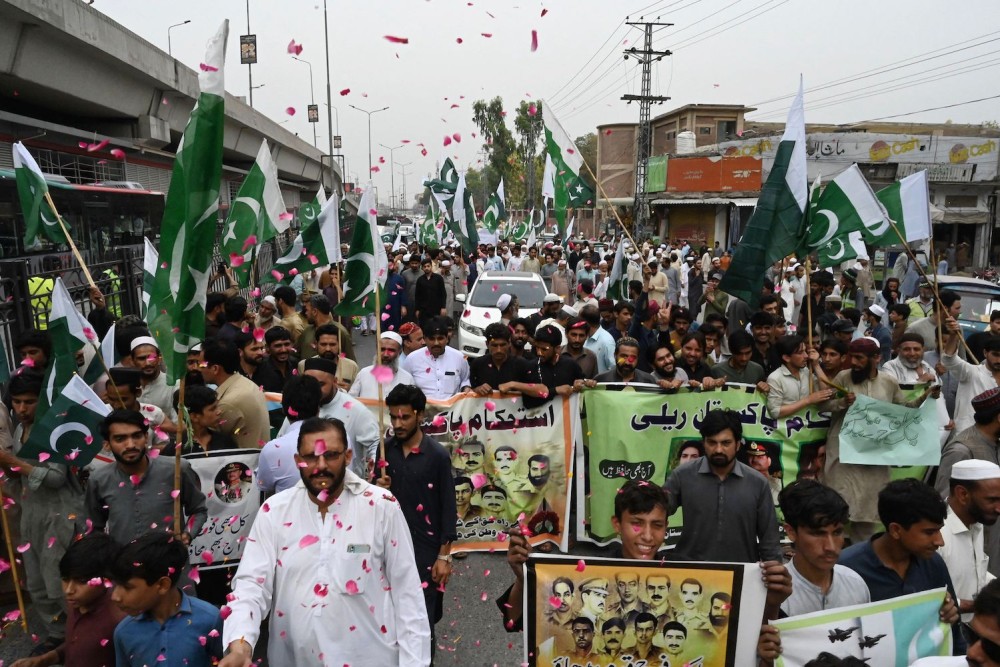
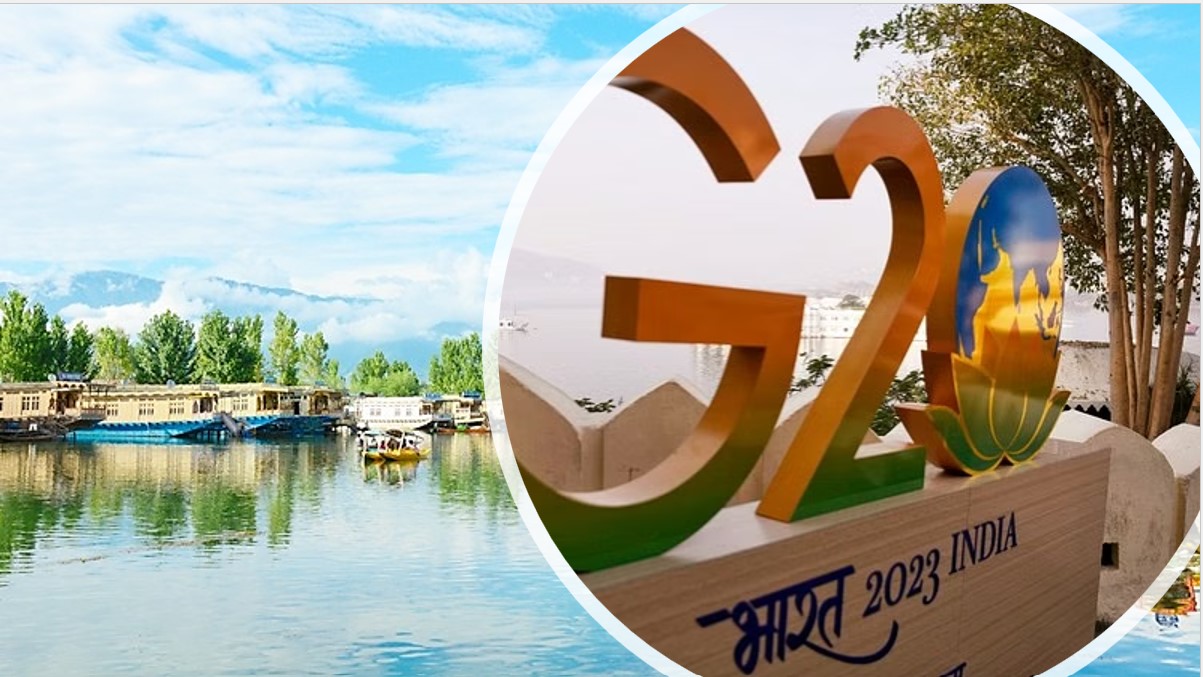
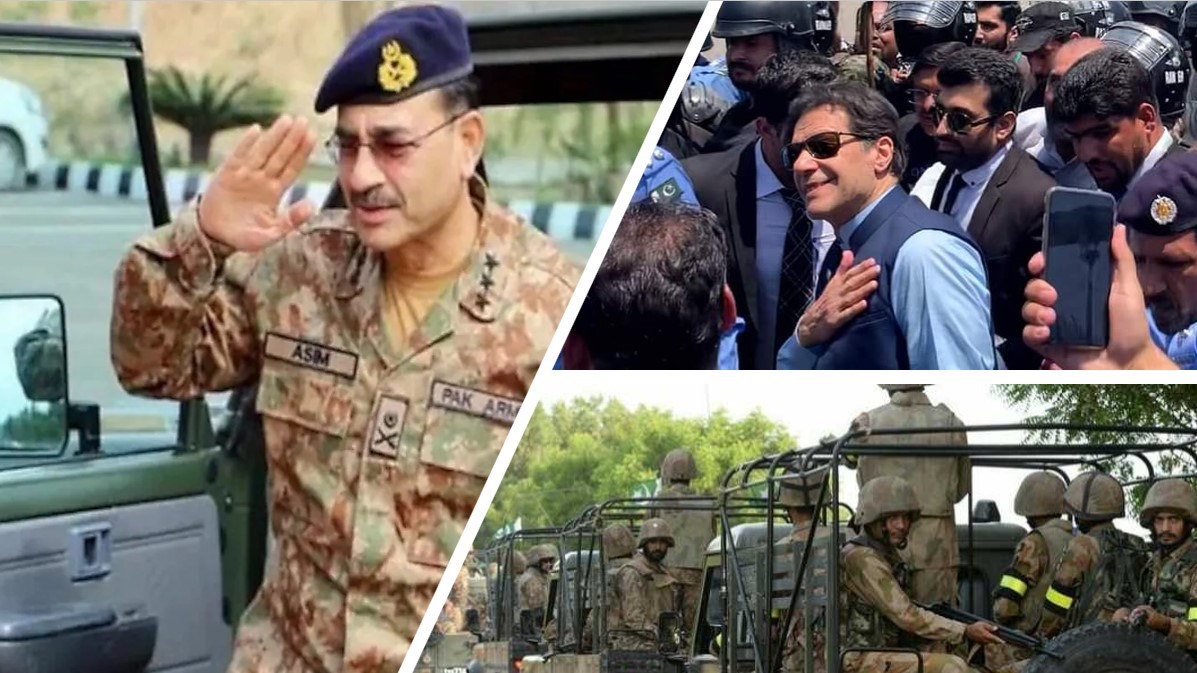
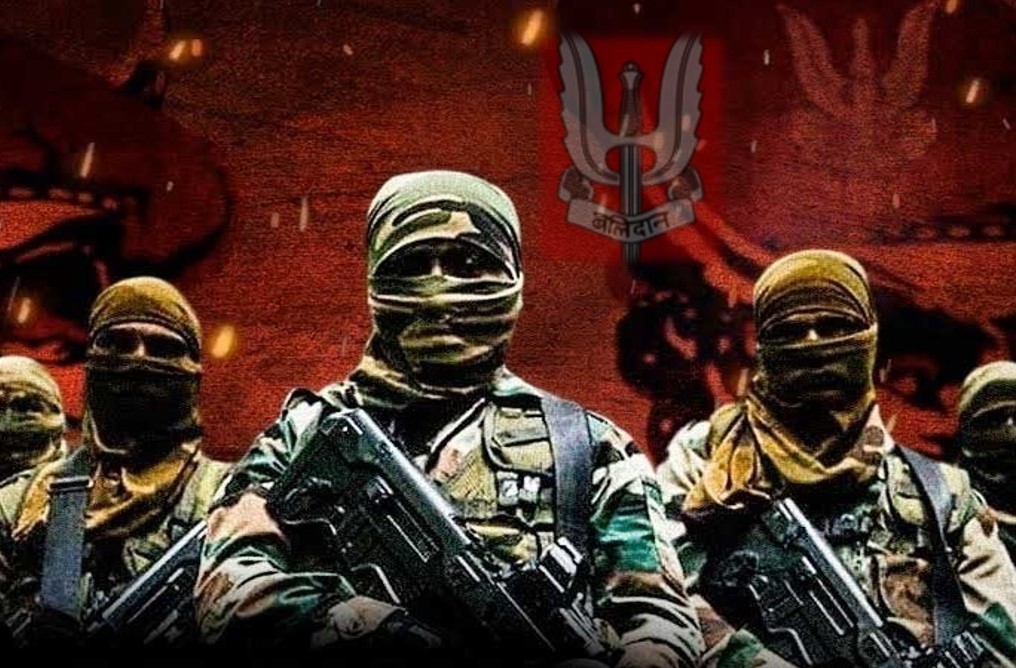
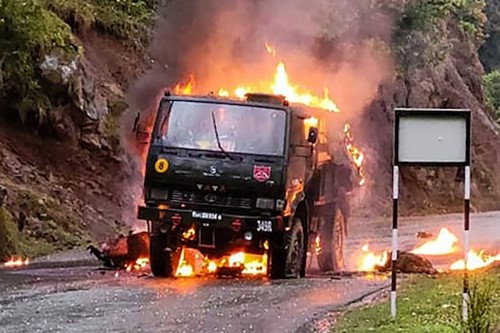
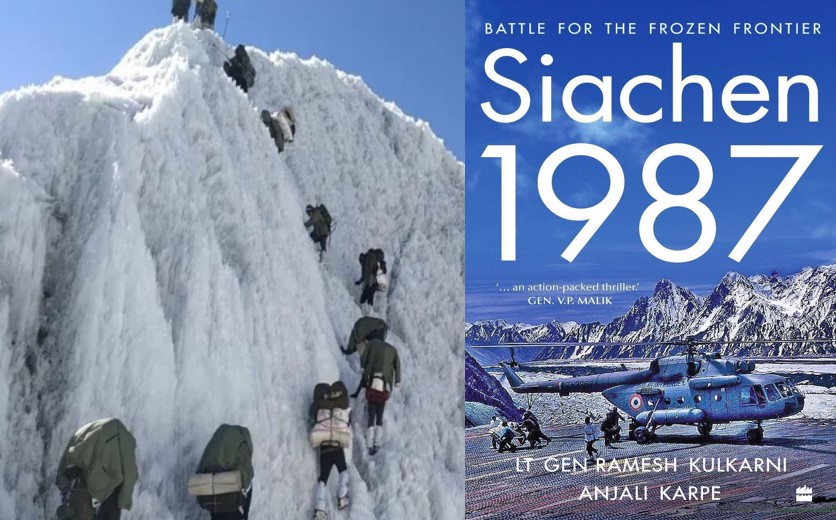
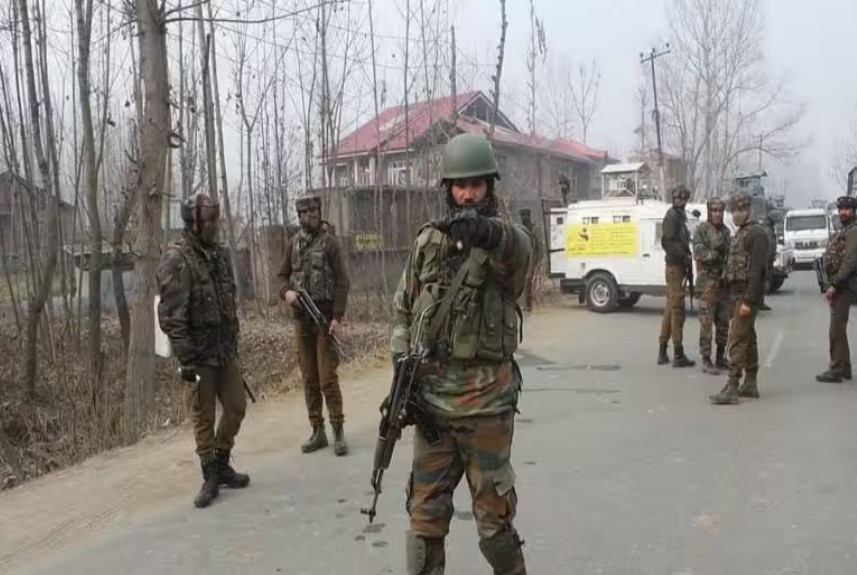
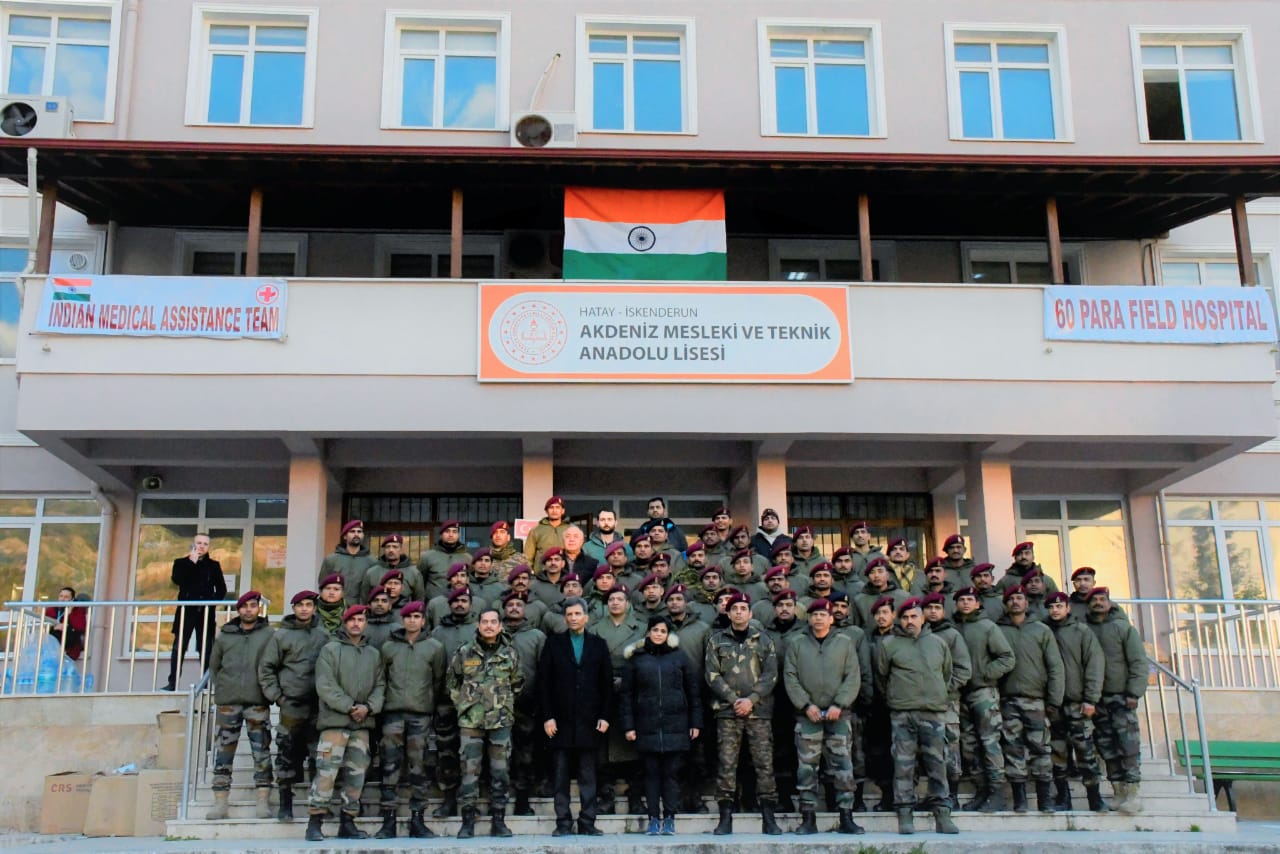







POST COMMENTS (1)
shreya